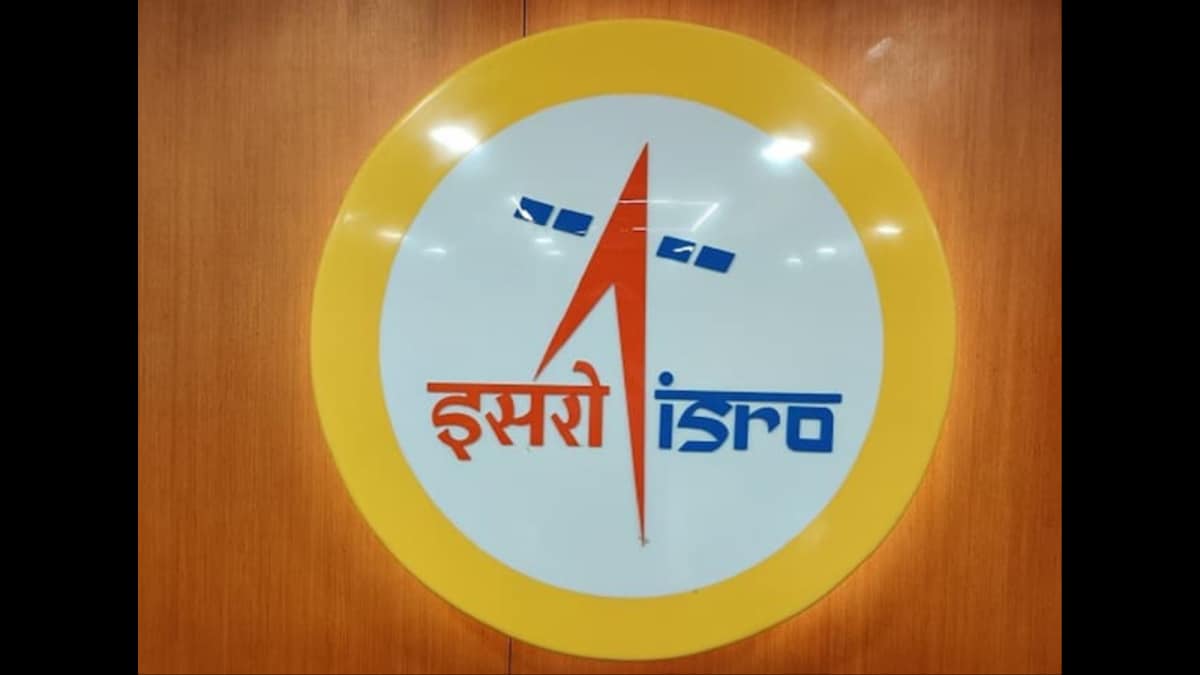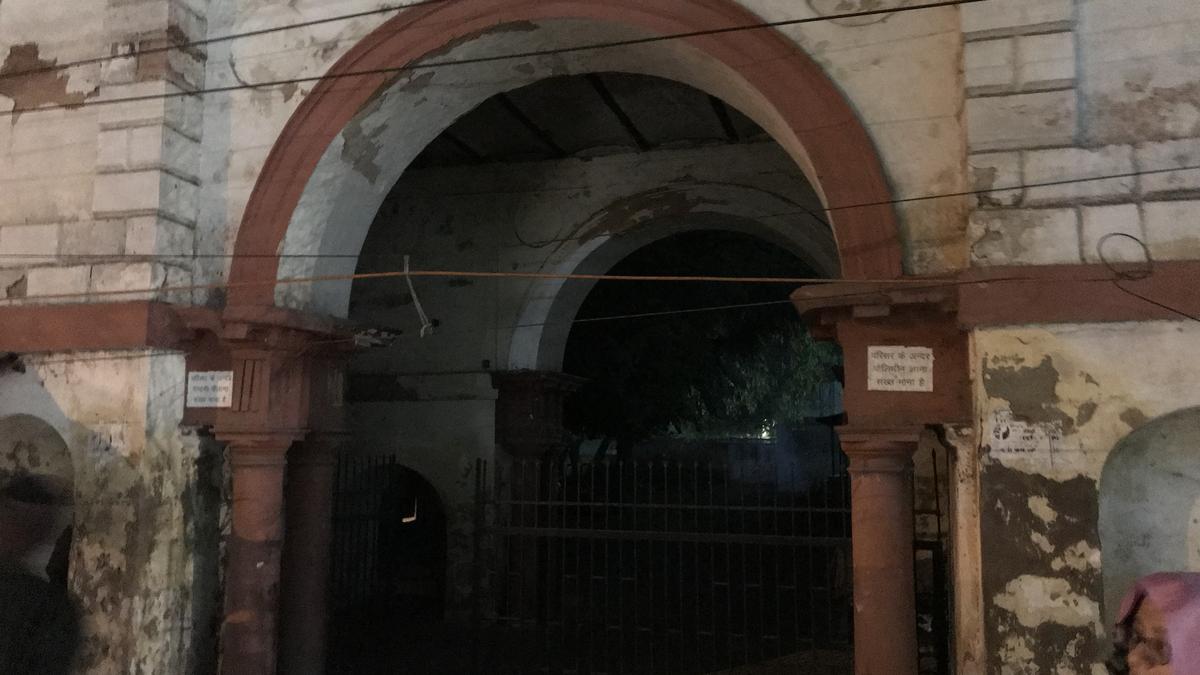ARTICLE AD BOX
 The Gaganyaan crew module is equipped with four different types of parachutes. (PTI)
The Gaganyaan crew module is equipped with four different types of parachutes. (PTI)
The ISRO, last week, conducted another key test towards preparing for the launch of the country’s first human spaceflight mission — a test to check whether the crew module can remain stable if there is a delay in one of the main parachutes opening up. Instead of dropping a dummy crew module along with the complete 10-parachute system, the space agency used a platform of mass equivalent to the crew module along with three parachutes for the test conducted on November 3 at Babina Field Firing Range (BFFR), Jhansi, a press statement from the Indian Space Research Organisation (ISRO) said.
An IL 76 aircraft dropped the platform from a height of 2.5 km for the test, the statement added.
This test was meant to validate the parachute system even in possible extreme scenarios. The scenario chosen for the test was an “asymmetric disreefing” — where one of the two main parachutes unfurls completely slightly later than the other one. To avoid sudden jerks as the parachutes deploy on the astronauts’ journey back to the earth, the parachutes open slowly in a step by step process known as reefed inflation. Reefing essentially limits how much the parachute can open, following which disreefing at a scheduled time allows the parachute to open up completely. The disreefing is done using a pyro device.
The test saw the deployment of a drogue parachute, followed by two main parachutes, one of which unfurled a little after the first. The test was successful in demonstratingstructural integrity and load distribution even in this extreme scenario, according to the ISRO student.
The Gaganyaan crew module is equipped with four different types of parachutes.
First to be deployed are two 2.5 metre Apex Cover Separation Parachutes, beginning with the firing of an ACS mortar (a system that uses compressed air to push out the parachutes away from the turbulent air around the craft). These parachutes are meant to pry open and remove the apex cover away from the descending vehicle. The apex cover protects the parachute compartment from the “heat of re-entry”.
After the apex cover is removed, two 5.8 metre drogue parachutes are deployed. These are meant to stabilise and bring down the velocity of the crew module substantially. Once these parachutes complete the first stage of deceleration, they are separated. Then, pilot mortar is fired to bring out three 3.4 metre pilot chutes. The job of these pilot chutes is to independently extract and deploy the three 25-metre main parachutes. The main parachutes are meant to reduce the velocity to a safe level before splashdown. After that, they are also released before the recovery team goes to get the crew module.
Story continues below this ad
The space agency tested the entire parachute system under normal conditions in August this year. The first crewed mission under the Gaganyaan programme is scheduled for 2027, with the first uncrewed mission likely to take place towards the end of this year.
Anonna Dutt is a Principal Correspondent who writes primarily on health at the Indian Express. She reports on myriad topics ranging from the growing burden of non-communicable diseases such as diabetes and hypertension to the problems with pervasive infectious conditions. She reported on the government’s management of the Covid-19 pandemic and closely followed the vaccination programme. Her stories have resulted in the city government investing in high-end tests for the poor and acknowledging errors in their official reports. Dutt also takes a keen interest in the country’s space programme and has written on key missions like Chandrayaan 2 and 3, Aditya L1, and Gaganyaan. She was among the first batch of eleven media fellows with RBM Partnership to End Malaria. She was also selected to participate in the short-term programme on early childhood reporting at Columbia University’s Dart Centre. Dutt has a Bachelor’s Degree from the Symbiosis Institute of Media and Communication, Pune and a PG Diploma from the Asian College of Journalism, Chennai. She started her reporting career with the Hindustan Times. When not at work, she tries to appease the Duolingo owl with her French skills and sometimes takes to the dance floor. ... Read More
Stay updated with the latest - Click here to follow us on Instagram
© The Indian Express Pvt Ltd











 English (US) ·
English (US) ·